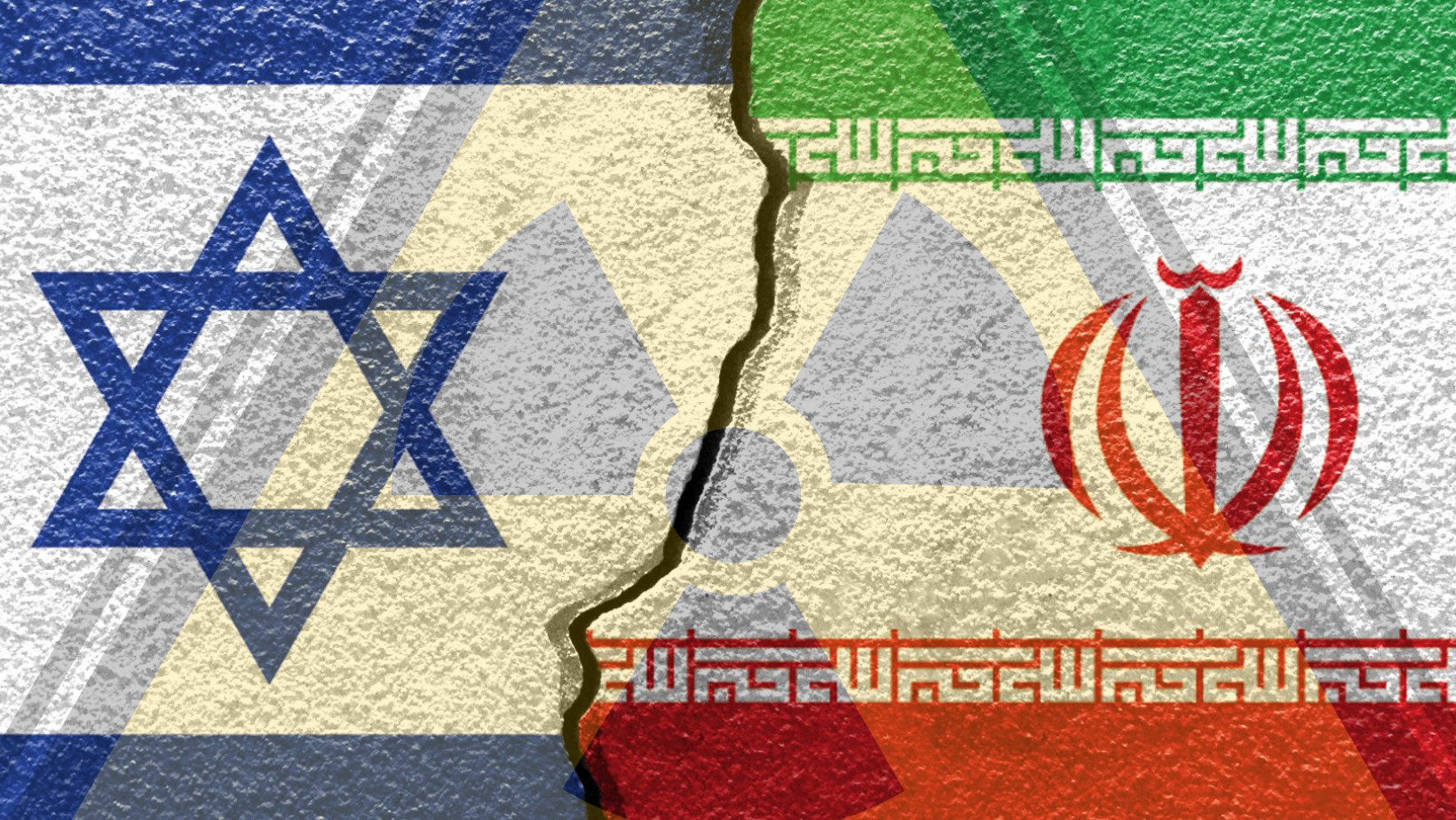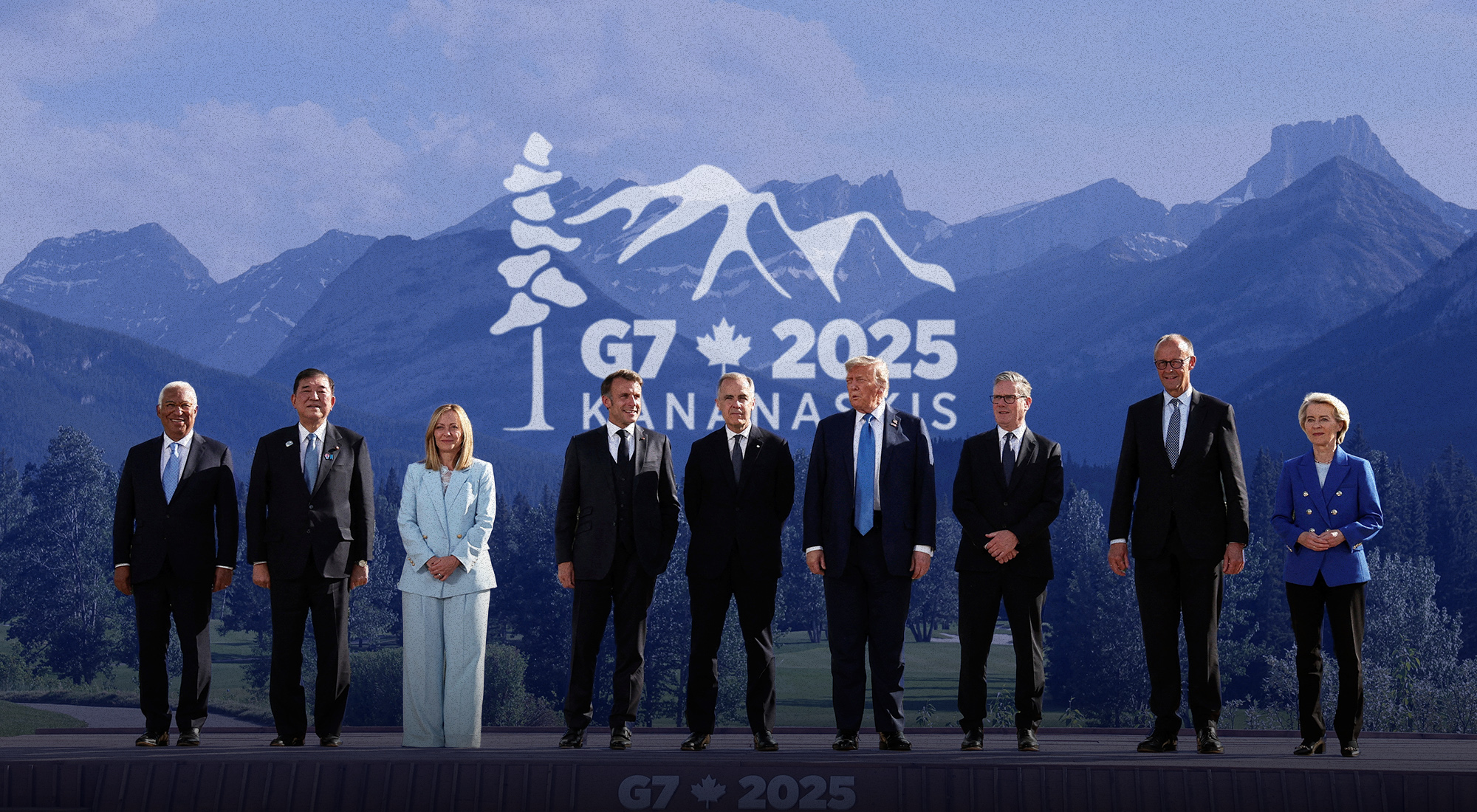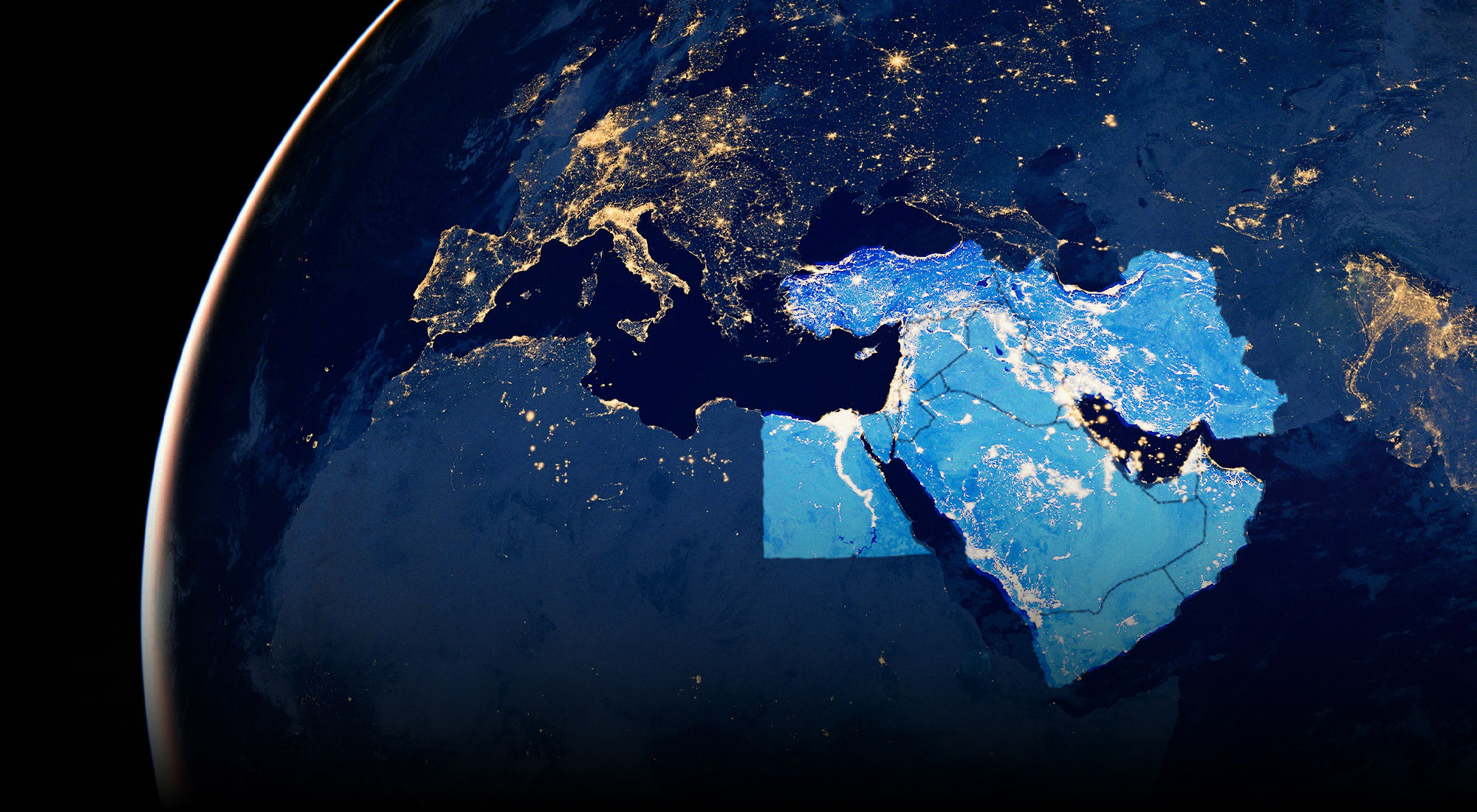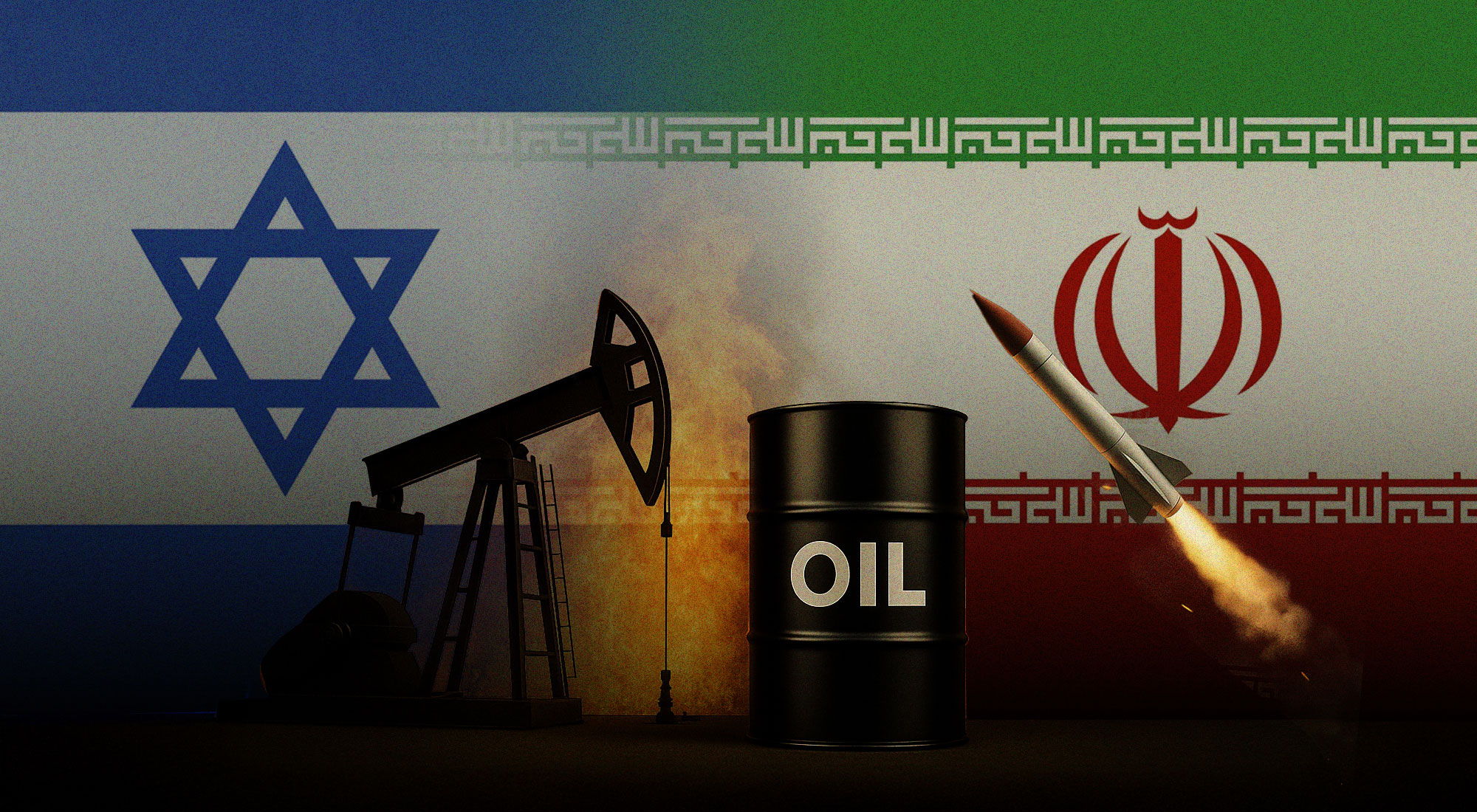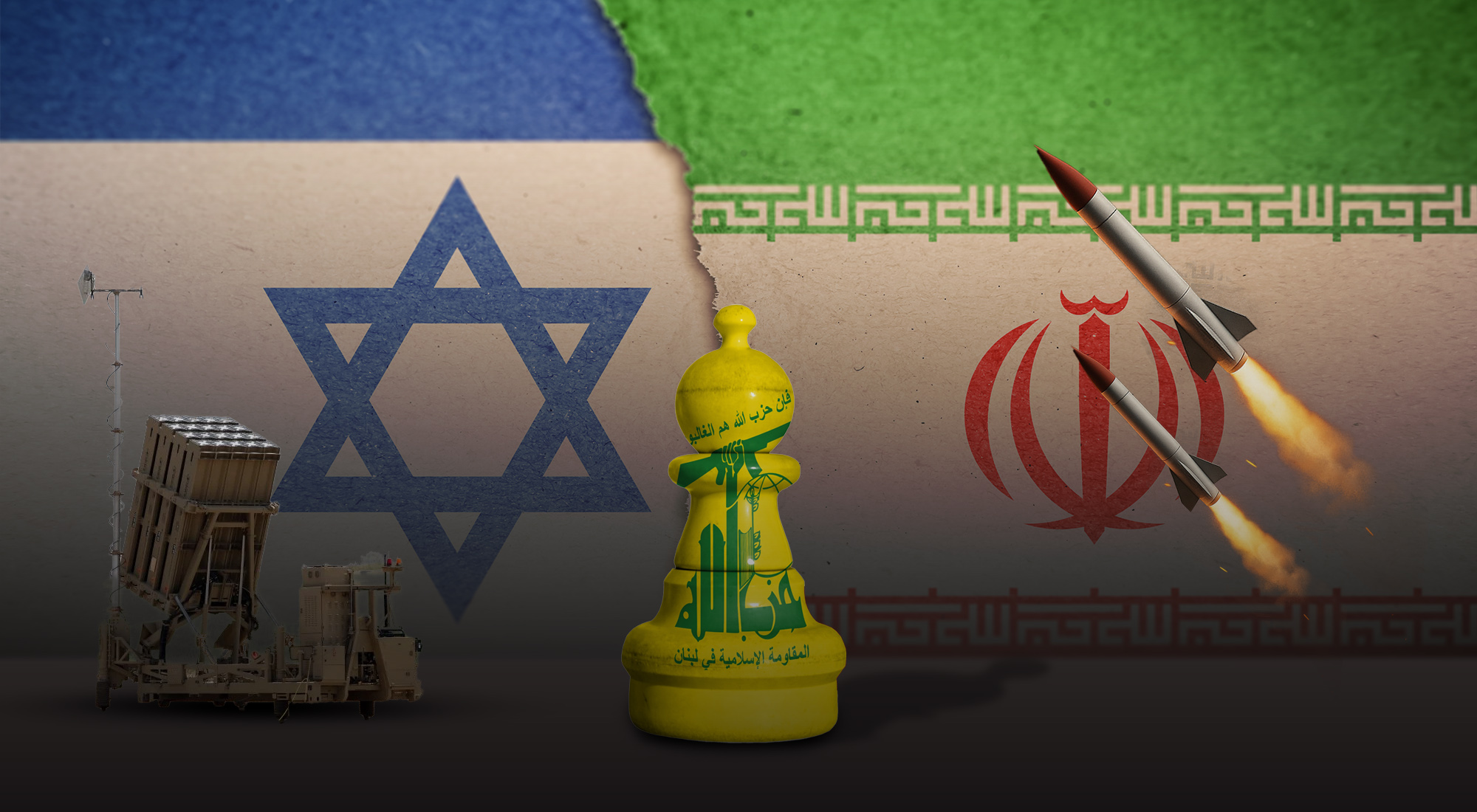Israel is preparing a military strike option that would give the Jewish state the freedom to act on its own toward Iran if it feels the Islamic Republic has advanced towards nuclear breakout status, regardless of whether a nuclear deal is in place or not. This development comes despite the extensive progress that has been made towards a nuclear deal in recent weeks between world powers and Iran[1] – though at the time of this writing, nuclear talks have stalled – and Iran is edging closer to nuclear breakout status.
According to a recent report by the Institute for Science and International Security: “breakout timelines have become dangerously short, far shorter than just a few months ago.” Including a set-up period, Iran could produce the first quantity of weapons-grade uranium (WGU) in as little as two to three weeks after breakout commences, and produce a second quantity of weapons-grade uranium by the end of that month.[2]
The state of the deal: Russia objects, Israel rejects
At the time of this writing, a revival of the 2015 nuclear deal known as the Joint Comprehensive Plan of Action (JCPOA) remains the most likely (though not inevitable) scenario. This, despite the fact that Russia threw a last-minute spanner into negotiations, holding up the signature stage to avoid allowing Iranian oil to fill the void created by stoppages of Russian oil exports.[3] Recent indications are that Russia has received assurances from Washington that would allow it to enable negotiations to reach the signature stage. Russia said it received “written guarantees under the 2015 Iran nuclear deal that will protect its cooperation with Iran against the recent United States and European Union sanctions, including protection for its activities at the Bushehr Nuclear Power Plant,” which it operates jointly with Iran.[4]
International media reports have noted that the introduction of sanctions on Russia have already negatively affected its oil revenue, with almost three-quarters of Russian crude trade frozen. “Russia has been exporting about 5 million barrels a day, equal to about 5 percent of global consumption,” the report said. “Iran, meanwhile, has ambitions of supplying well over 2 million barrels per day [once sanctions are lifted].”[5] The increase in Iranian exports after the lifting of sanctions together with expanded exports from Gulf Arab states could go some way to stabilizing global energy prices.
The Biden administration’s plan to revive the 2015 JCPOA is seen by some voices in Israel’s defense establishment as almost pointless, due to the progress that Iran has made on its program in the past two years, in particular the progress made on research and development on advanced centrifuges, constituting knowledge that cannot be erased by any deal.[6]
Hence, Israel has been pushing its American ally to seek a new, longer, stronger agreement that would keep Iran away from nuclear weapons for decades. In light of the American determination to revive the JCPOA, and the substantial progress towards this objective made in recent weeks and months, it appears as if Israel’s efforts to influence the U.S. position have not been successful.
At the same time, pressure from both Jerusalem and Arab capitals on the Biden administration to keep the Iranian Republican Guards Corps (IRGC) on the U.S.’s foreign terror organization list and Tehran’s insistence on de-listing the IRGC have created another last-minute hurdle.
Israel had hoped that the international community would apply many tools to pressure Iran into a better deal, including economic and diplomatic pressure. A better deal would ensure that Iran has neither fissile material nor the ability to quickly produce fissile material. Reviving the JCPOA does not meet these criteria.
In 2015, when the JCPOA was signed, some within the Israeli defense establishment saw the benefits of a window of opportunity that could be used to build up and modernize the Israeli military force due to the removal of an immediate need to be on stand-by for a strike and subsequent potential regional war.
However, this is not the view of the leadership of the defense establishment today, since in 2022, the same sunset clauses expire much sooner, including restrictions on producing advanced centrifuges, the amount of enriched uranium that can be at Iran’s disposal, and the uranium enrichment levels. All of those clauses expire between 2025 and 2031.[7]
It is for this reason that the Israeli Defense Forces (IDF) Chief of Staff, Lt. Gen. Aviv Kochavi, took the extraordinary step in January 2021 to warn of the damage the deal would cause from his perspective, stating that a “return to the nuclear deal from 2015 or even a similar deal with a few improvements is bad and wrong. It is wrong operationally and strategically. Operationally, because it would again allow at its end, or before, the Iranians to enrich uranium, develop centrifuges, and a weapons capability [taking them up to] breakthrough. Strategically, it would present an intolerable threat to Israel and apparently spark a nuclear arms race in the Middle East. Hence, anything that resembles the current deal or an improved [version of that] agreement is wrong.”[8]
A better, longer deal, would mean Iran giving up its enriched material and disassembling its nuclear infrastructure, while the International Atomic Energy Agency would receive stronger supervision rights.
Iranian determination: Putting up with pain for nuclear gain
If the impasse is not resolved, Iran could be tempted to give up on diplomacy and head for nuclear breakout status, rather than taking the so-called safer, longer path to threshold status through a revived JCPOA. The commitment of Supreme Leader Ayatollah Khamenei and his regime to obtaining nuclear weapons should not be in doubt, as the Iranian leadership has been willing to drag its 84 million citizens though economic hardship in order to fulfill its nuclear vision.
The very fact that Iran has endured years of biting sanctions and economic damage, while refusing any agreement that would see its nuclear infrastructure dismantled rather than suspended is testament to its long-term commitment to the program. Furthermore, no non-nuclear weapons state needs to enrich uranium to the 60% level nor invested this level of resources into developing centrifuges that can enrich uranium faster. In response to Israel’s reported April 2021 attack on the Natanz nuclear facility, Iran stockpiled more 20%-enriched uranium and stepped up its uranium enrichment to 60% purity, below weapons-grade but still the highest in the country’s nuclear program’s history.[9] According to an April 11 report by the Institute for Science and International Security, “as soon as mid-to-late April, Iran is expected to reach a new dangerous, destabilizing threshold, having enough highly enriched uranium (HEU) to fashion a nuclear explosive, about 40-42 kilograms of 60 percent enriched uranium (uranium mass).”[10]
Iran’s nuclear program is best understood through the context of its regional entrenchment program. Iran uses air, land, and sea lines of communication to traffic weapons to its proxies and partners – Hezbollah in Lebanon, Shi’ite militias in Syria and Iraq, the Houthis in Yemen, and Sunni Palestinian armed factions Hamas and Palestinian Islamic Jihad in Gaza — threatening the security of moderate Sunni states and Israel alike. The purpose of the nuclear program is ultimately to create a nuclear umbrella for the entire Iranian-Shi’ite regional axis listed above.
Iran’s grand strategy is to provide nuclear cover for its proxies, as they embark on escalating wars of attrition designed to exhaust, deter, influence, and ultimately collapse governments that stand in Tehran’s path to regional hegemony.
Existential threat: Israel attempts to thwart Iran’s plans
Uniquely for Israel, Iran remains committed to the destruction of the Jewish state. Each year, Iranian political and military leaders issue statements calling for Israel’s destruction, such as the speech in 2019 by IRGC chief, Hossein Salami, who said that this objective has become an “achievable goal” due to his country’s technological advances.[11]
Mossad’s 2018 raid on an Iranian warehouse uncovered a secret tranche of Iran’s nuclear archive documents that unmistakably prove intent by the Iranian leadership to manufacture nuclear weapons and to conduct an underground nuclear test.[12] None of the extensive uranium enrichment infrastructure that Iran has built, including its secret underground site at Fordow, which was exposed in 2009, would be necessary for research or energy purposes.[13]
From Israel’s perspective, the nuclear program is one of the three pillars of Iran’s long-term programs along with regional entrenchment and a buildup of military forces, including the indigenous production of missiles, Unmanned Aerial Vehicles, and naval capabilities. Each pillar constitutes a unique threat, and the synergy of the three together poses a threat profile that takes top priority.
The March 12 ballistic missile attack on northern Iraq by the IRGC, using precise, solid-fuel Fateh-110 domestically developed missiles, is a demonstration of Iran’s capabilities, a sign of its military buildup, and growing confidence in activating its force regionally.[14] The attack came after reported Israeli air strikes near Damascus on February 24, which killed three soldiers,[15] and March 7, which killed two IRGC officers,[16] and serves as an example of how the Iranian–Israeli struggle has evolved into a strategic competition between two regional powers — with the chances of a direct collision increasing.
The Iranian challenge to Israel is growing more complex and intense with time. Iran is systematically increasing the fortification of its nuclear sites with advanced air defenses, both domestically produced and Russian-made.[17] Meanwhile, at Natanz, Iran learned from Israel’s April 2021 attack and is now building deeper tunnel complexes, creating new challenges for a strike operation.[18]
In 2020 the IDF established a new Iran Division and placed it under the recently formed Strategy and Third Circle Directorate (Third Circle is a reference to countries that are three borders away from Israel). The Iran Division, which continues to grow, houses double-digit personnel made up of officers from the IAF, intelligence officers, and military strategists.[19] They are tasked with producing a holistic view of the Iranian threat, which stretches from Iranian territory all the way to Israel’s borders. By monitoring and thinking about Iran and its activities exclusively, the division provides new insights that in turn shape Israel’s strategy and force build-up.
Although Israel is deeply concerned with recent news about the Iranian nuclear program, according to a number of reported Israeli assessments, there are elements of Iran’s nuclear program that have not progressed in recent years, and were kept on ice. Full nuclear bomb production capability is therefore estimated to be over a year away.
Iran has clearly made major progress in stockpiling fissile material, the most challenging part of building a nuclear weapon, but they do not seem to have had recent success in developing a nuclear explosive mechanism or in placing that mechanism on a missile warhead. Iran worked intensively on these aspects of its nuclear program under the Amad Project, from 2000 to 2003. Since then, a number of teams have continued researching many aspects of the nuclear program, but certain aspects were frozen to avoid attracting global condemnation. Thus, Iran has been able to keep its nuclear infrastructure for a future breakout decision. For example, under the original JCPOA, which the new deal would revive, Iran was allowed to keep its first-generation centrifuges at two nuclear power plants.[20]
Since the nuclear program could become an existential threat to Israel, it is always the top priority for Israel’s government, military, and intelligence services. Decision makers in Israel have deemed the importance of placing this threat on the table all the more important in light of the U.S.’s clear trend of decreased involvement in Middle Eastern conflicts. Israel is making it clear to both Iran and to its Western allies that should diplomacy fail, its military option remains on the table.
Israel is also telling the world that it is a mistake to view Iran’s nuclear program in isolation from its regional activity and in isolation from Iran’s advances in conventional weapons development. It is the combination of these three elements that makes Iran so risky and destabilizing to the Middle East. In February 2022, Israeli Prime Minister Naftali Bennett stated that the emerging Iran deal will “likely create a more violent, more volatile Middle East,” and that Iran would use freed-up assets to target Israel, warning that Israel “won’t accept Iran as a nuclear threshold state.”[21]
A nuclear Middle East?
In the past five years, the IAF has been focused on its grey-zone campaign of preventing the military entrenchment of Iran in Syria. Its force buildup was prioritized along with the need to prepare operational solutions for Hezbollah, as well as maintaining readiness for the unstable Gazan arena. Now, however, the Iranian challenge is back to being the top priority.[22] The status quo — Iran continuing to race ahead and entering a danger zone in the coming months of nuclear breakout with no nuclear deal in place — represents the worst-case scenario for Israel, whose overall objective is to ensure that the Islamic Republic never has nuclear weapons. Israel began building an independent military capability designed to prevent Iran from building nuclear weapons in 2004, but Iran’s decision to accelerate its nuclear program in recent months has sparked a parallel Israeli acceleration of its capability development.
While details of this capability are obviously out of public view, the mission would constitute very different dynamics than the type of short-range operations the IAF has conducted in recent years against Hamas in Gaza. The challenge of reaching nuclear sites such as Fordow and Natanz, heavily fortified, some deep underground, and surrounded by air defenses, and doing so from a long distance, requires extraordinary levels of planning, intelligence, munitions, logistics, and other considerations. It has to take into account changing variables such as Iranian air defenses, and its need to prioritize other military preparations, such as those aimed at dealing with Iran’s flagship regional proxy of Hezbollah in Lebanon.
The quantity of resources dedicated to preparing Iran strike capabilities has fluctuated over the years together with the perceived immediacy of the threat. In 2021, Lt. Gen. Kochavi confirmed that he issued orders to prepare fresh strike options, stating: “Iran can decide that it wants to advance to a bomb, either covertly or in a provocative way. In light of this basic analysis, I have ordered the IDF to prepare a number of operational plans, in addition to the existing ones. We are studying these plans and we will develop them over the next year.”[23]
Though the debate over such a strike continues, it is important to clarify that preparing such military capabilities and activating them (or recommending to the government that they are activated) represent two very different things. There are some observers in Israel who hope that the reintroduction of a credible military threat may reduce the need to actually use one.
Whatever Israel chooses to do, if Iran reaches the nuclear threshold it is likely that several Sunni Middle Eastern states — Turkey, Saudi Arabia, and possibly Egypt — feeling threatened, will follow suit. That would mean that in 10, 20, or 30 years, we will be living in a nuclear Middle East. The danger of that unstable scenario cannot be overstated.
The coming years look set to form a critical junction regarding Iran’s nuclear program.
References
[1] Yaakov Lappin (2022). “The year Iran’s nuclear program becomes top priority for the Israeli Air Force,” Jewish News Syndicate. https://www.jns.org/2022-the-year-irans-nuclear-program-becomes-top-priority-for-the-israeli-air-force/
[2] David Albright, Sarah Burkhard, and Andrea Stricker. (2022). “Analysis of IAEA Iran Verification and Monitoring Report — March 2022.” Institute for Science and International Security. https://isis-online.org/isis-reports/detail/analysis-of-iaea-iran-verification-and-monitoring-report-march-2022
[3] Laurence Norman and Dion Nissenbaum. (2022). “U.S. Won’t Negotiate Ukraine-Related Sanctions With Russia to Save Iran Nuclear Deal,” The Wall Street Journal. https://www.wsj.com/articles/u-s-wont-negotiate-ukraine-related-sanctions-with-russia-to-save-iran-nuclear-deal-11647167692
[4] Middle East Media Monitor. (2022). “Under Iran nuclear deal Moscow has guarantees against sanctions: Top Russian diplomat,” MEMO. https://www.middleeastmonitor.com/20220315-under-iran-nuclear-deal-moscow-has-guarantees-against-sanctions-top-russian-diplomat/
[5] Stephanie Liechtenstein. (2022). “Russia obstructs Iran nuclear deal as the Kremlin frets over its oil income,” Politico. https://www.politico.eu/article/Russia-obstructs-iran-nuclear-deal-as-the-kremlin-frets-over-oil-income/
[6] AP. (2021). “Iran testing advanced nuclear centrifuge that would allow faster uranium enrichment,” AP. https://www.cnbc.com/2021/04/10/iran-testing-advanced-nuclear-centrifuge-that-would-allow-faster-uranium-enrichment.html
[7] Jewish Virtual Library. (accessed 2022). “Sunset Clauses,” Iran Nuclear History: Critiques of the JCPOA Implementation. https://www.jewishvirtuallibrary.org/iran-nuclear-history-implementation-of-the-jcpoa#sun
[8] Yaakov Lappin. (2021). “IDF’s Kochavi positions Israel atop regional anti-Iran bloc,” JNS. https://www.jns.org/israels-military-chief-goes-public-with-severe-warning-against-return-to-iran-nuclear-deal/
[9] AP. (2021). “Iran to enrich uranium to highest level ever after attack on nuclear facility, official says,” CBS News. https://www.cbsnews.com/news/iran-enrich-uranium-highest-level-attack-nuclear-facility-official/
[10] David Albright and Sarah Burkhard. (2022). “Entering Dangerous, Uncharted Waters: Iran’s 60 Percent Highly Enriched Uranium,” Institute for Science and International Security. https://isis-online.org/isis-reports/detail/entering-uncharted-waters-irans-60-percent-highly-enriched-uranium
[11] Agence France-Presse. (2019). “Top Iran General Says Destroying Israel ‘Achievable Goal,’ ” Agence France-Presse. https://www.voanews.com/a/middle-east_top-iran-general-says-destroying-israel-achievable-goal/6176740.html
[12] Aaron Arnold, Matthew Bunn, Caitlin Chase, Steven E. Miller, Rolf Mowatt-Larssen, William H. Tobe. (2019). “The Iran Nuclear Archive: Impressions and Implications,” Belfer Center Report. https://www.belfercenter.org/sites/default/files/files/publication/The%20Iran%20Nuclear%20Archive.pdf
[13] The Nuclear Threat Initiative. (accessed 2022). Fordow Fuel Enrichment Plant. NTI. https://www.nti.org/education-center/facilities/fordow-fuel-enrichment-plant/
[14] Reuters staff. (2022). “Ballistic missiles hit Iraq’s Kurdish capital, Iran’s Revolutionary Guard claim responsibility,” CNBC. https://www.cnbc.com/2022/03/13/no-us-military-casualties-after-attack-in-erbil-iraq-us-official.html
[15] AP. (2022). “Israeli strike near Damascus kills three soldiers, Syria says,” Haaretz. https://www.haaretz.com/israel-news/.premium-syrian-state-media-israel-attacks-targets-from-the-air-in-the-damascus-area-1.10631233
[16] Reuters. (2022). “Israeli attack over Damascus kills two — Syrian state media,” Reuters. https://www.reuters.com/world/middle-east/syrian-air-defence-responds-israeli-aggression-state-media-2022-03-07/
[17] Reuters staff. (2016). “Iran deploys Russian-made S-300 missiles at its Fordow nuclear site: TV,” Reuters. https://www.reuters.com/article/us-iran-missiles-fordow-idUSKCN1140YD
[18] David Albright, Sarah Burkhard, and John Hannah. (2022). “Iran’s Natanz Tunnel Complex: Deeper, Larger than Expected,” Institute for Science and International Security. https://isis-online.org/isis-reports/detail/irans-natanz-tunnel-complex-deeper-larger-than-expected
[19] Yaakov Lappin. (2020). “IDF takes big picture approach in dealing with Iranian threat,” Israel Hayom. https://www.israelhayom.com/2020/11/13/idf-takes-the-big-picture-approach-in-dealing-with-iranian-threat/
[20] News wires. (2019). “Iran nuclear deal: Tehran plans new centrifuges for faster uranium enrichment,” France 24. https://www.france24.com/en/20190905-iran-nuclear-deal-tehran-plans-new-centrifuges-faster-uranium-enrichment
[21] Lazar Berman. (2022). “Bennett: Iran deal will spell more violent region, boost regime’s attacks on Israel,” The Times of Israel. https://www.timesofisrael.com/bennett-iran-deal-will-mean-a-more-violent-middle-east/
[22] Yaakov Lappin. (2022). “As nuclear diplomacy stalls, Israel places military option back on table,” JNS. https://www.jns.org/as-nuclear-diplomacy-stalls-israel-places-military-option-back-on-table/
[23] Judah Ari Gross. (2021). “IDF chief says he’s ordered fresh military plans to thwart Iran’s nuke program,” The Times of Israel. https://www.timesofisrael.com/idf-chief-says-hes-ordered-fresh-military-plans-to-thwart-irans-nuke-program/



